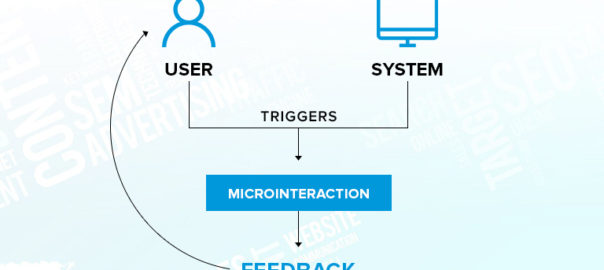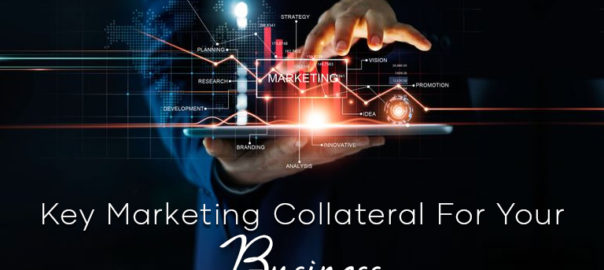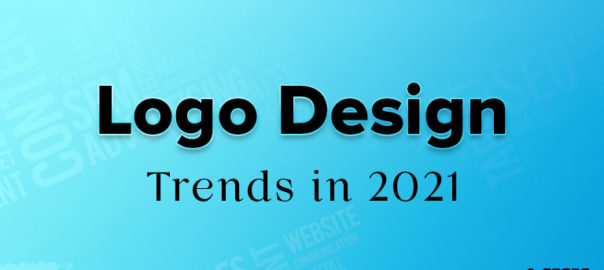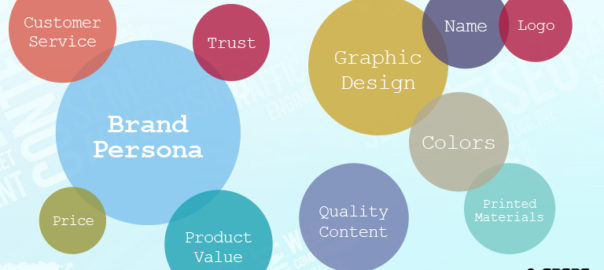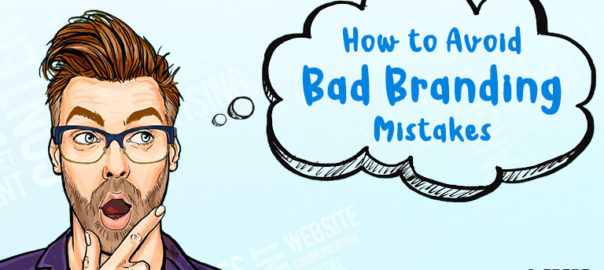Behavioral science has a lot to do with how customers respond to your communication. There is logic behind why a consumer opens an email, clicks on a Call To Action (CTA), and completes a transaction. Whether that’s crafting an attention-grabbing headline or convincing someone to “click and buy,” businesses can encourage individuals to take specific action by knowing that they rely on a few decision-making patterns.
To gain a deeper grasp of client requirements, businesses are increasingly using behavioral science insights. In marketing, they’re constantly on the lookout for methods to get a strategic advantage, and this behavioral science approach, derived from psychology, appears to be offering several fresh insights into what motivates customer behavior.
Decision-Making and Behavioral Science
Decisions are critical as behavior is determined by decisions. The behavioral sciences evolved from psychology provide marketers with new thoughts and ideas for customer decision-making.
Behavioral science is concerned with determining the elements that impact decision-making. By designing your marketing strategy around these criteria, you may develop products that people are more inclined to purchase. However, you cannot utilize these elements to “fool” clients like you would with hypnosis. You cannot compel a consumer to do something he or she does not like to do. The customer is already aware of the variables. You’re just tailoring your strategy to capitalize on what’s already in place.
By incorporating behavioral science into marketing strategy, astute marketers may increase revenue. They gain a deeper understanding of their consumers and create more effective brand engagement.
Understanding The Need Of Customers Through Behavioral Science
What consumers require is sometimes difficult to determine. It depends upon which consumers you’re referring to. It is location and time-dependent. Furthermore, it is contingent upon the decision-making psychology of the individual. There are three methods for determining what clients require. In an ideal world, you might combine all three techniques to obtain the most insightful results.
To begin, you can conduct qualitative data analysis to ascertain directly what customers want. That’s the most established strategy. It is most effective when demands are apparent and easily expressed. However, occasionally clients are unsure about what they seek. Moreover, there is an element of bias inherent in this technique, which you must account for in your research.
Second, you may examine their behavior through data analytics. This strategy has gained prominence as a result of the rising amount of data available due to advancements in online marketing. It is typically faster and less biased than the previous method.
Finally, and yet a relatively new method in marketing – behavioral science is being used for increasing sales. For marketing purposes, this entails developing and testing hypotheses about how people will react in certain scenarios.
Ways To Improve Marketing Using Behavioral Science
#1 Create Attention-Grabbing Headlines and Subject Lines
The terms “new,” “today,” “introducing,” “ultimately,” and “unveiling” attract the human eye somewhat like magnets, and utilizing them in your headers can help you capture consumers’ attention. “Alert” is also one of those fascinating words, but it needs to be used very carefully targeting only a specific group of audience.
#2 Utilize Social Proof to Persuade Prospective Customers
The majority of individuals dislike being the first one to try anything new. They feel more secure if others have already done it. That’s why referrals and recommendations are so effective for business-to-business (B2B) firms. This is referred to as social proof in behavioral science.
Customers are more likely to believe what others “like them” have to say about a product or service, thus testimonials are an effective motivator of social proof.
#3 Develop Marketing Ideas Through Behavioral Science
Behavioral science benefits marketing by providing suggestions for quantifiable actions. You can examine numerous research and hypotheses about what motivates behavioral patterns in consumers and then test them in areas where they may be applicable to your consumer’s buying behavior.
#4 Choose Images Wisely
Humans are programmed to notice the features of other people, notably their eyes. If you’re going to include a face in your image, it will work like a charm for you!
Stock photography is widely used in marketing, both B2B and B2C. The excessive usage of stock pictures renders them more akin to wallpaper than a marketing tool, and customers frequently ignore them entirely. To be impactful, the images you use in marketing campaigns must be distinctive and unique.
#5 Use Graphical Representations
Charts and Graphs serve as more than visual ornamentation; they represent a source of trustworthiness. A 2016 Cornell University research reveals that while the addition of a graph in content not only makes things simpler to grasp, it also conveys a sense of credibility. This gives an authentic impression of the brand in the mind of the consumer.
#6 Select The Appropriate Button Color
For years, marketers have been told that modifying the color of the Call To Action button may significantly increase click rates. No doubt, it’s 100% true but the result of this modification depends much on how you practically apply this.
When selecting a color, use one that varies with the rest of your creative so that it sticks out and is easily identifiable. Implementing shadow buttons, or buttons of the same color as their backdrop having an outlined edge, might make it more difficult for customers to locate and act on your CTA.
Conclusion
Different behavioral science insights may be applied at various phases of the decision-making funnel in marketing. Bring new ideas and evaluate them with behavioral science to enhance your ability to influence consumers.
Contact Us Today For Marketing Solutions.
To know more about our marketing solutions, read here




